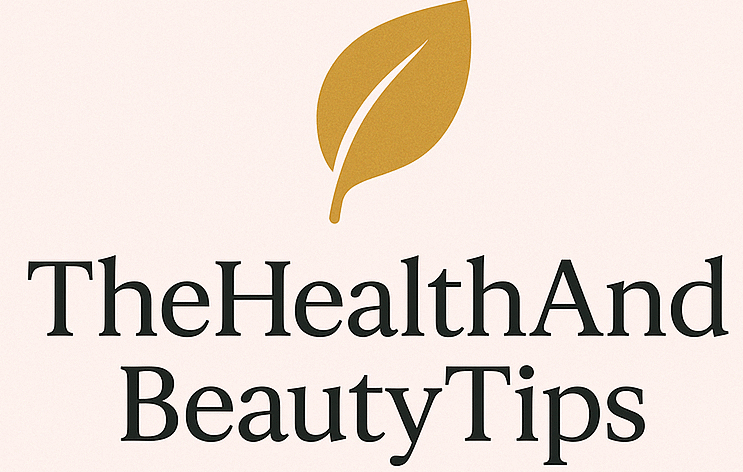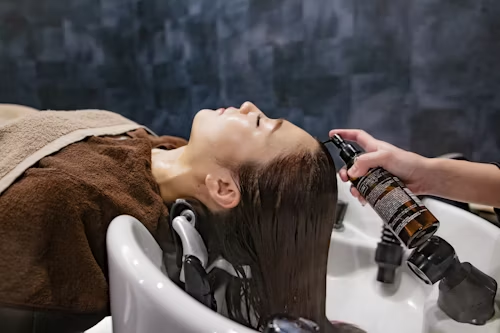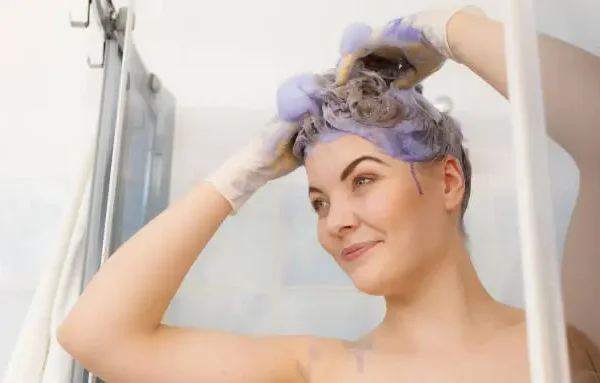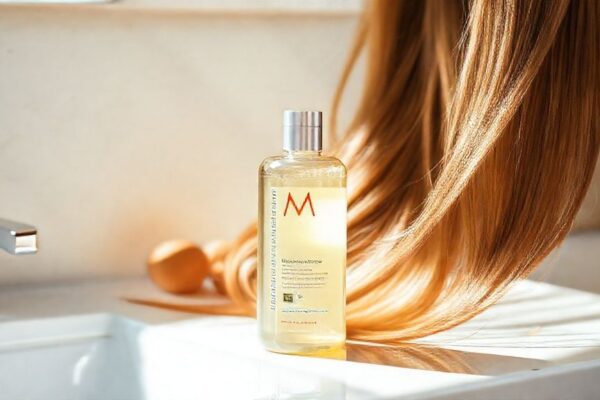If you’ve ever noticed your vibrant hair color looking dull or lifeless, you’re not alone. Many people with curly, fine, or chemically-treated hair wonder, can clarifying shampoo damage color-treated hair? The short answer is yes—if it’s used too often or incorrectly. But that doesn’t mean you should avoid it entirely. In fact, clarifying shampoos can be a secret weapon for maintaining healthy, shiny hair when used the right way. Clarifying Shampoo Damage
Over time, styling products, silicones, hard water minerals, and even chlorine from swimming pools build up on your hair, weighing it down and making it appear dull. That’s where a build-up removal shampoo or chelating shampoo comes in. These products are specially formulated to remove residues that regular shampoos often leave behind. For color-treated hair, this can be a double-edged sword: it refreshes your hair but may strip some color if misused.
What is clarifying shampoo?
A clarifying shampoo is a type of deep-cleansing shampoo designed to remove residue that regular shampoos often leave behind. Unlike everyday or sulfate-free shampoos, which focus on gentle cleansing, clarifying shampoos contain stronger surfactants that break down product residue, silicones, oils, and even hard water minerals that can accumulate over time. This makes them particularly useful for people with curly, fine, or chemically-treated hair, who often rely on styling products that can weigh hair down.
Many people confuse clarifying shampoos with detox shampoos, but there’s a key difference. While detox shampoos are generally milder and designed to maintain overall hair health, clarifying shampoos provide a more intense cleanse. They’re sometimes also called build-up removal shampoos or chelating shampoos, especially if they contain ingredients like EDTA that help remove minerals from hard water.
For color-treated hair, clarifying shampoos can be both beneficial and risky. They effectively strip away unwanted buildup that dulls color, restoring shine and vibrancy. However, if used too frequently or on freshly dyed hair, they can remove some of the color molecules, leading to fading. This is why many experts recommend using clarifying shampoos sparingly, and always pairing them with a rich conditioner or deep treatment afterward.
In short, a clarifying shampoo is a powerful cleansing tool—but one that should be used with care, especially on hair that has been chemically treated or colored. Understanding how it works will help you use it safely and effectively, minimizing the risk of damage while enjoying the benefits of clean, voluminous hair.
How clarifying shampoo works on hair
Clarifying shampoos work by breaking down and removing the buildup that accumulates on your hair and scalp. Everyday shampoos are designed for routine cleansing, but they often leave behind traces of styling products, silicones, oils, and minerals from hard water. Over time, these residues can weigh down your hair, reduce shine, and make even high-quality color-treated hair look dull. That’s where a build-up removal shampoo or chelating shampoo comes in.
The cleaning action comes from stronger surfactants that bind to these residues, lifting them away without leaving hair feeling coated. For people with curly, fine, or chemically-treated hair, this process helps restore bounce, volume, and natural texture. Curly hair, in particular, can appear limp if product buildup blocks natural curl patterns, while fine hair benefits from the lightweight feel after clarifying.
However, it’s important to note that clarifying shampoos don’t discriminate between buildup and color molecules. This is why people often ask, “Can clarifying shampoo damage color-treated hair?” The stronger cleansing agents can strip some color from the hair shaft if used too often or immediately after dyeing. By understanding how clarifying shampoos work, you can time their use to refresh your hair, remove unwanted residues, and maintain vibrancy without compromising your color.
Can clarifying shampoo damage color-treated hair?
This is the question many people with curly, fine, or chemically-treated hair are most concerned about: Can the short answer is yes, but it depends on how and when you use it. Clarifying shampoos are formulated to strip away product residue, hard water minerals, and oils that weigh hair down. While this restores shine and volume, it can also remove some of the color molecules that sit on or slightly inside the hair shaft.
The level of risk depends on several factors. For semi-permanent dyes, which coat the hair surface, clarifying shampoos can cause more noticeable fading. Permanent color is generally more resilient, but overuse or washing immediately after coloring can still dull vibrancy. Hair porosity also matters: chemically-treated hair or hair with damaged cuticles is more susceptible to color loss. Fine hair, being more delicate, can also experience faster fading.
To minimize potential damage, experts recommend:
Wait 1–2 weeks after coloring before using a clarifying shampoo.
Use it sparingly, typically once every 2–4 weeks, depending on your buildup.
Always follow with a hydrating conditioner or deep treatment to restore moisture.
Consider color-safe clarifying shampoos specifically formulated for dyed hair.
When used correctly, a clarifying shampoo can be a valuable part of your routine. It removes buildup that makes hair look dull, preps hair for treatments, and helps maintain natural bounce and shine. The key is timing, frequency, and proper post-cleansing care—this ensures your hair stays vibrant, healthy, and free of residues without unnecessary color fading.
Benefits of clarifying shampoo for color-treated hair
Despite the concerns about color fading, clarifying shampoos offer several important benefits for people with curly, fine, or chemically-treated hair. One of the main advantages is the removal of product residue, which can make hair feel heavy, limp, or coated. By clearing away buildup from styling products, oils, and hard water minerals, clarifying shampoos help restore your hair’s natural bounce and volume.
For color-treated hair, the benefits extend beyond just cleansing. Buildup can make hair appear dull and lifeless, masking the vibrancy of your dye. A properly timed clarifying shampoo can lift this layer of residue, allowing your hair color to shine brighter. It also prepares your hair for treatments such as deep conditioning or hair masks, ensuring that moisture and nutrients penetrate more effectively.
Swimmers and people exposed to chlorine or hard water will notice a major improvement after a clarifying wash, as these minerals can weigh down hair and fade color over time. Curly-haired individuals benefit as well, since curls are more prone to product accumulation that can disrupt the natural pattern. Fine hair gains extra volume and movement, while chemically-treated hair feels softer and more manageable.
When used correctly, a clarifying shampoo is not just a cleansing tool—it’s a way to enhance hair health, maintain vibrancy, and improve texture, without compromising your color, provided you follow safe usage guidelines.
Who should (and shouldn’t) use clarifying shampoo
Clarifying shampoo is a powerful tool, but it’s not suitable for everyone. People with curly, fine, or chemically-treated hair can benefit from it when used strategically, but knowing who should avoid it is just as important.
Who should use it:
Individuals with oily scalps or heavy product buildup.
Swimmers or those exposed to chlorine and hard water minerals.
People looking to restore volume and shine to limp or dull hair.
Who should be cautious:
Anyone with very dry or brittle hair, as the strong surfactants can strip natural oils.
Hair that was recently dyed—especially semi-permanent color, which is more prone to fading.
Those with sensitive scalps or chemically-treated hair that is fragile.
For safe use, use a clarifying shampoo sparingly, follow with a deep conditioner, and consider color-safe clarifying shampoos designed to protect dyed hair while removing buildup.
How to use clarifying shampoo safely on color-treated hair
Using a clarifying shampoo correctly is key to maintaining vibrant, healthy hair while minimizing the risk of color fading. For people with curly, fine, or chemically-treated hair, following a careful routine can make all the difference.
Step 1: Prep your hair
Start by thoroughly wetting your hair with warm water. This helps loosen product residue and hard water minerals before applying the shampoo.
Step 2: Apply the shampoo
Use a small amount of build-up removal shampoo and massage it gently into the scalp and lengths of your hair. For curly hair, focus on the scalp and allow the shampoo to run down the strands; avoid vigorous scrubbing, which can cause tangles or breakage. Clarifying Shampoo Damage
Step 3: Let it work
Allow the shampoo to sit for about 1–2 minutes to lift residues. Avoid leaving it on for too long, especially if your hair is color-treated, to prevent unnecessary color stripping.
Step 4: Rinse and condition
Rinse thoroughly and follow with a rich hydrating conditioner or deep treatment to restore moisture and maintain softness. For fine hair, a lightweight conditioner works best to avoid weighing the strands down.
By following these steps, you can safely enjoy the benefits of a clarifying shampoo without compromising the health or color of your hair.
How often should color-treated hair be used with clarifying shampoo?
Frequency is key when using a clarifying shampoo on color-treated hair. Overuse can strip color, while underuse allows product residue and hard water minerals to accumulate, leaving hair dull and lifeless.
For most people with curly, fine, or chemically-treated hair, using a clarifying shampoo once every 2–4 weeks is sufficient. Swimmers or those who use a lot of styling products may need to adjust the schedule slightly, but it’s important not to exceed weekly use on dyed hair.
Signs that you might be overusing include dryness, rough texture, or noticeable color fade. If this happens, reduce frequency and always follow with a hydrating conditioner or deep treatment to restore moisture.
When used correctly, clarifying shampoo helps maintain vibrancy, volume, and shine, keeping your hair healthy without compromising the color.
Clarifying shampoo vs regular shampoo vs hair detox
Understanding the difference between clarifying shampoo, regular shampoo, and hair detox treatments is crucial for people with curly, fine, or chemically-treated hair. Each serves a different purpose, and using the wrong one can affect hair health and color vibrancy.
Regular shampoo is designed for everyday cleansing. It removes surface dirt and light oil without stripping too much moisture. Sulfate-free shampoos fall into this category and are often preferred by people with color-treated or chemically-treated hair because they are gentler on the strands.
Clarifying shampoo, on the other hand, is stronger. It is a build-up removal shampoo that eliminates heavy styling products, silicones, mineral deposits, and hard water residues. This makes it ideal for restoring volume and shine, but it can fade color if overused or applied immediately after dyeing.
Hair detox shampoos are generally milder than clarifying shampoos. They focus on removing impurities while nourishing the hair, often including plant extracts or natural cleansing agents. For those asking, can clarifying shampoo damage color-treated hair?, The answer is that detox shampoos are safer for frequent use, but they may not remove stubborn buildup as effectively.
Choosing the right shampoo depends on your hair type, color, and how much buildup you have. For chemically-treated or color-treated hair, balancing gentle cleansing with occasional clarifying treatments is key.
Risks & precautions
While clarifying shampoo can refresh and restore your hair, it comes with some risks, especially for people with curly, fine, or chemically-treated hair. One of the main concerns is color fade. Strong surfactants in clarifying shampoos can strip away some dye molecules, making freshly colored hair look dull. Overuse may also cause dryness, frizz, or scalp irritation.
To minimize these risks:
Limit frequency: Use clarifying shampoo once every 2–4 weeks for color-treated hair.
Wait after coloring: Avoid using it immediately after a dye session, particularly with semi-permanent colors.
Hydrate afterward: Always follow with a hydrating conditioner or deep treatment to replenish moisture and maintain softness.
Choose color-safe formulas: Look for clarifying shampoos specifically designed for dyed hair; they remove buildup while protecting color integrity.
Adjust for hair type: Fine hair may benefit from lighter formulas, while curly or chemically-treated hair should avoid aggressive scrubbing to prevent breakage.
By following these precautions, you can enjoy the benefits of a clarifying shampoo—removing buildup, restoring shine, and improving texture—without compromising your color or overall hair health.
Best clarifying shampoos for color-treated hair
Choosing a clarifying shampoo that is safe for color-treated hair can be tricky, especially if you have curly, fine, or chemically-treated hair. Here’s a curated list of some of the best options for 2025, balancing effective build-up removal with color protection.
Pureology Purify Shampoo
Ideal for color-treated hair and curly textures.
Sulfate-free and gentle yet effective at removing product residue.
Maintains color vibrancy while refreshing scalp and strands.
Neutrogena Anti-Residue Shampoo
Lightweight formula perfect for fine hair.
Removes up to 90% of dulling buildup from styling products.
Best used once every 2–4 weeks to avoid color fade.
Wella Professionals Clarifying Shampoo
Designed for chemically-treated hair.
Chelating formula removes hard water minerals and styling residues.
Preps hair for treatments like deep conditioning or color refresh.
Moroccanoil Clarifying Shampoo
Rich in antioxidants, suitable for curly and chemically-treated hair.
Effectively cleanses without leaving hair dry or brittle.
Helps restore volume and shine while protecting color.
Redken Hair Cleansing Cream Shampoo
Strong but safe for color-treated hair when used occasionally.
Excellent for swimmers or those exposed to chlorine and hard water minerals.
Ideal for thick or product-heavy hair.
When selecting a clarifying shampoo, always check for color-safe labels, avoid overuse, and follow with a hydrating conditioner. This ensures that your hair remains healthy, shiny, and vibrant while effectively removing buildup.
Conclusion:
In summary, clarifying shampoo can damage color-treated hair if used too frequently or immediately after coloring, but it’s also a powerful tool for removing buildup, restoring shine, and improving hair texture. For people with curly, fine, or chemically-treated hair, the key is proper timing, limited frequency, and always following up with a hydrating conditioner or deep treatment.
Choose color-safe clarifying shampoos, pay attention to your hair type, and adjust your routine based on how your hair responds. By doing so, you can enjoy clean, vibrant, and healthy-looking hair without compromising your color.
FAQs:
Q1: Can clarifying shampoo remove hair dye?
A: Yes, if overused or applied immediately after coloring, clarifying shampoos can strip semi-permanent and some permanent dyes. Wait 1–2 weeks post-coloring for safe use.
Q2: How often should I use clarifying shampoo on color-treated hair?
A: Typically, once every 2–4 weeks. Swimmers or heavy product users may adjust frequency, but avoid weekly use to prevent color fade.
Q3: Can I use clarifying shampoo on curly color-treated hair?
A: Yes, but focus on the scalp, avoid vigorous scrubbing, and follow with a hydrating conditioner to maintain curl pattern and moisture. Clarifying Shampoo Damage
Q4: Is clarifying shampoo the same as detox shampoo?
A: No. Detox shampoos are gentler and better for frequent use, while clarifying shampoos are stronger and remove stubborn buildup more effectively.
Q5: What if my hair becomes dry after clarifying?
A: Apply a deep conditioning treatment immediately and reduce frequency to once a month if needed.




